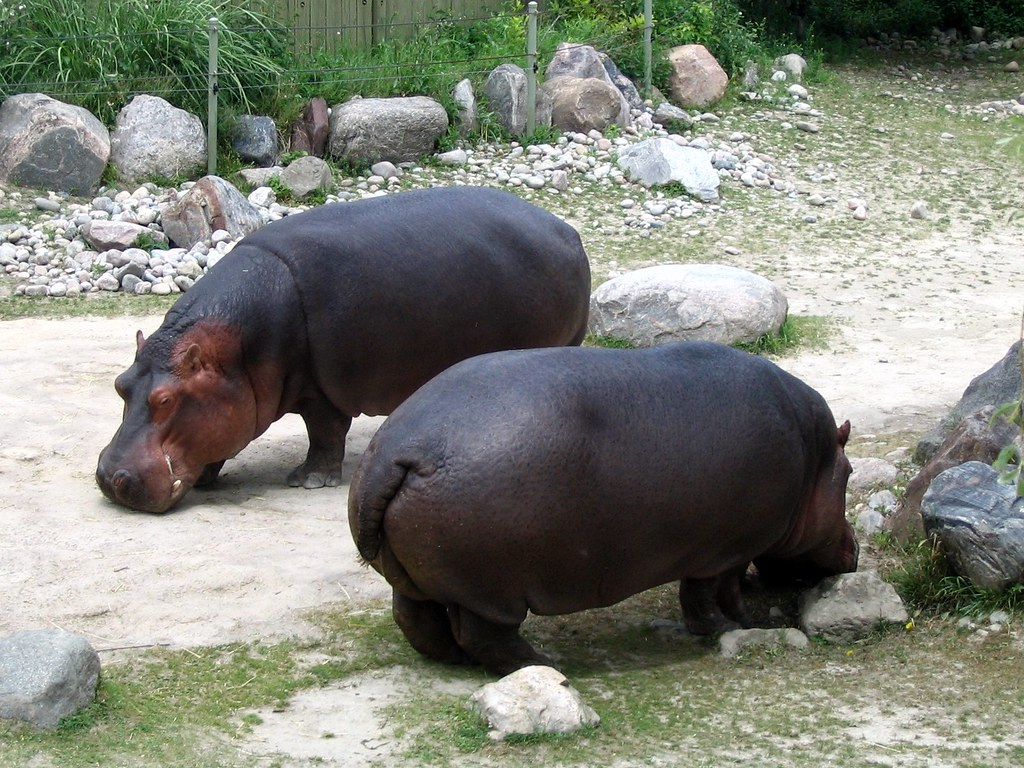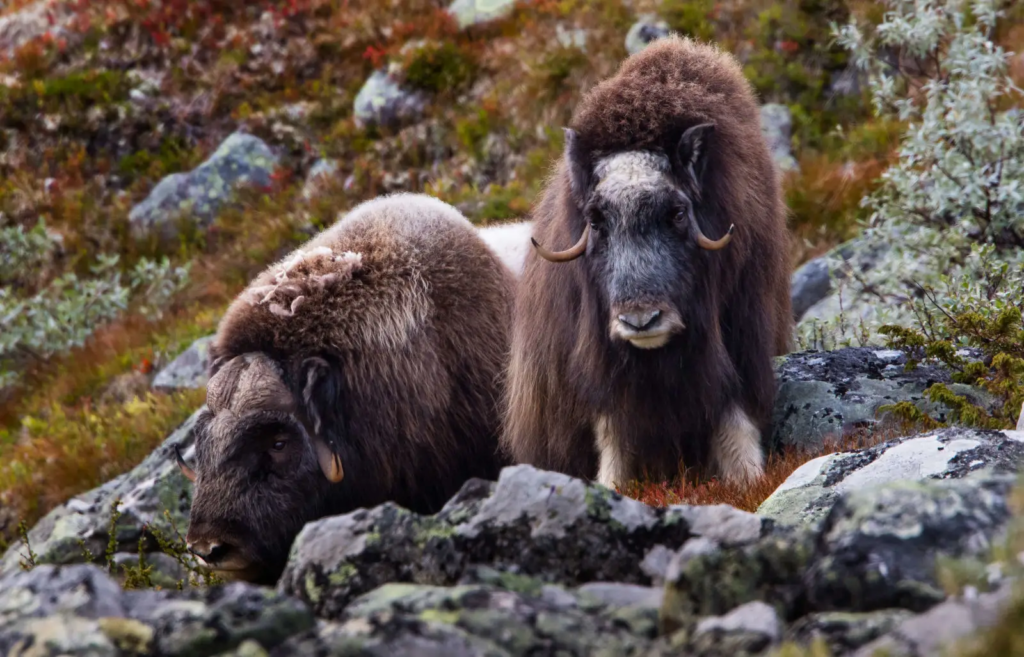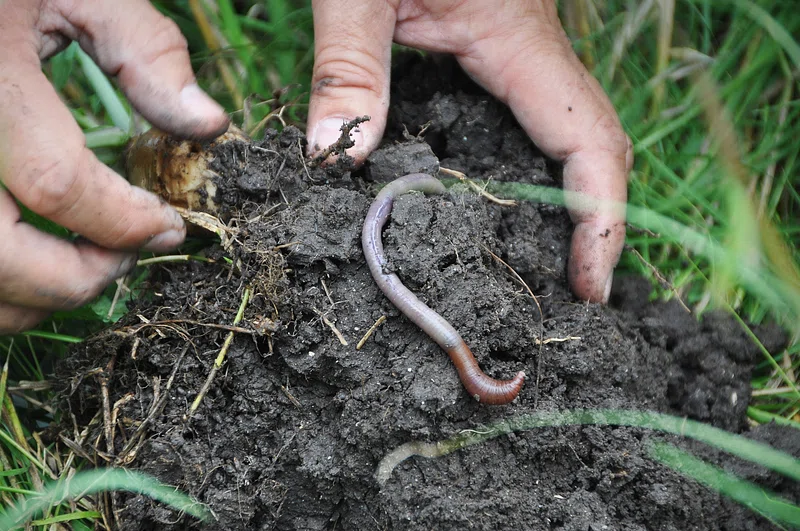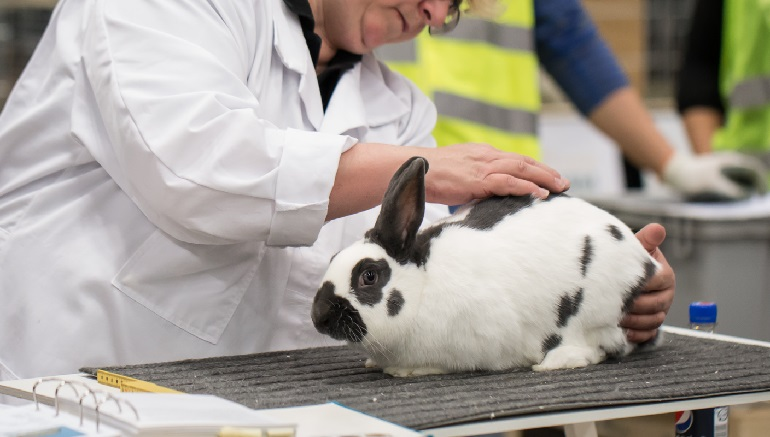1. Spreading Plant Seeds

Animals like cows, elephants, and deer play a vital role in seed dispersal through their digestive processes—and yes, this includes farts. Many seeds are ingested by herbivores and pass through their systems intact. Along the way, the gases they emit help “launch” seeds into new areas, ensuring plants can spread to diverse habitats. This natural method of reforestation and vegetation growth is critical in maintaining biodiversity. In some ecosystems, such as grasslands, seed dispersal by herbivores is the primary way plants expand their range. Without these gassy helpers, many plant species would struggle to reproduce effectively. The next time you’re in a lush meadow, remember to thank the animals that made it possible—even if it involved a bit of flatulence.
2. Feeding Ocean Ecosystems

Marine animals, like whales, release massive plumes of nutrients in their farts, which help feed the ocean’s food web. These nutrient-rich emissions provide essential nitrogen and iron to plankton. Plankton, in turn, supports fish populations and helps sequester carbon dioxide by absorbing it during photosynthesis. Without these contributions, ocean ecosystems would struggle to thrive. Scientists have even referred to whale farts as “underwater fertilizers.” By supporting plankton growth, marine flatulence indirectly helps combat climate change. This natural recycling process is just one of the many ways animals contribute to the health of our planet. Next time you see a whale breach, remember—it’s doing its part for the environment, both above and below the surface.
3. Balancing Methane Levels

While methane emissions from livestock are often criticized, some animals’ farts can actually help balance methane levels in unique ecosystems. Termites, for instance, release small amounts of methane while digesting wood, but their contributions are offset by their role in breaking down dead plant material. This process helps prevent the buildup of organic waste, which would otherwise release even more potent greenhouse gases. In wetlands, flatulence from water-dwelling creatures like hippos contributes to the delicate nutrient cycles that sustain these habitats. By maintaining these balances, animal flatulence plays a small but significant part in regulating greenhouse gases. While it’s easy to focus on the negatives, these natural emissions are often part of a much larger ecological benefit.
4. Fueling Microbial Life

Animal farts are often rich in methane and other gases, which serve as food for certain microbes. These microbes, known as methanotrophs, consume methane and convert it into less harmful compounds. This process helps reduce the overall greenhouse gas impact in environments like soil and water. In Arctic ecosystems, for example, methane-consuming microbes thrive on the emissions of animals like muskoxen. This symbiotic relationship helps mitigate the release of harmful gases into the atmosphere. Methanotrophs play a crucial role in carbon cycling, demonstrating how even something as simple as flatulence can have a broader environmental impact. By feeding these microbes, animals contribute to a natural system that helps keep our planet’s atmosphere in check.
5. Creating Habitats for Other Species

The gas-producing digestive systems of animals like earthworms and insects can alter soil composition, creating microhabitats for other organisms. Earthworms, for example, aerate the soil and release small amounts of gas as they digest organic matter. This process enriches the soil, making it more hospitable for plants, fungi, and smaller organisms. These changes support the growth of entire ecosystems, from forests to grasslands. Similarly, burrowing animals like prairie dogs contribute to soil health, and their flatulence helps recycle nutrients within their habitats. These seemingly minor actions have ripple effects that benefit countless other species. By farting their way through life, these animals are literally laying the groundwork for biodiversity.
6. Supporting Carbon Sequestration

Gassy herbivores like bison and zebras play a surprising role in carbon sequestration. As they graze, their flatulence releases gases that contribute to nutrient cycling in the soil. This process helps promote plant growth, which in turn absorbs carbon dioxide from the atmosphere. Grasslands managed by grazing animals are particularly effective at storing carbon, thanks in part to the natural fertilization provided by their digestive processes. This dynamic highlights the importance of preserving wild grazing populations, as their role in carbon sequestration is essential to mitigating climate change. While their emissions may smell unpleasant, their overall impact is a net positive for the environment.
7. Driving Scientific Innovation

Animal flatulence has inspired research into renewable energy and sustainable agriculture. Scientists have studied methane emissions from livestock to develop strategies for reducing greenhouse gases, such as adding seaweed to cattle feed. Similarly, researchers are exploring ways to harness methane as a biofuel, turning waste gas into a clean energy source. Even the unique microbial communities in animal guts are being studied for their potential in creating biodegradable plastics and other sustainable materials. By understanding the science behind animal farts, we’re unlocking solutions to some of the world’s biggest environmental challenges. It turns out that those gassy emissions are more than just a funny quirk of nature—they’re a window into a more sustainable future.


